
How does electric diesel generator work?
Generators are handy appliances that provide electrical power in a power cut, and they prevent interruptions to daily activities and business disruptions. Generators come in various electrical and physical configurations used in different applications. We will be discussing how a generator works, its main components, and how it operates in secondary power applications.
What is a generator?
An electric generator is a device that converts mechanical energy from an external source to electrical power. It is essential to realize that a generator doesn't create electrical energy. It uses the mechanical energy it receives to drive the electric charges in its wire windings through an external circuit. The generator's output electric current is the result of this flow. The generator could be compared to a water pump because it causes water to flow but doesn't create it. Modern-day generators are based on the principle of electromagnetic induction, which was discovered in 1983 by Michael Faraday. Faraday discovered that electric charges could be induced by moving an electric conductor (e.g., a wire containing electric bills) within a magnetic field, which creates a voltage differential between the ends of the wire or an electrical conductor. This causes electric charges to flow and generates an electric current.
What is a generator?
These are the main components of an electrical generator:
- Engine
- Alternator
- Fuel System
- Voltage Regulator
- Cooling and Exhaust Systems
- Highly professional administration
- Lubrication System
- Battery Charger
- Control Panel
- Main Assembly/Frame
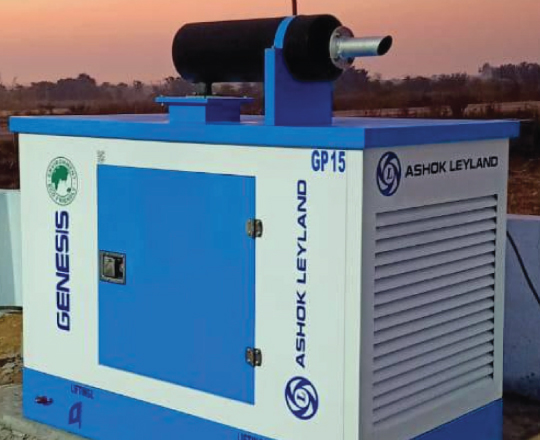
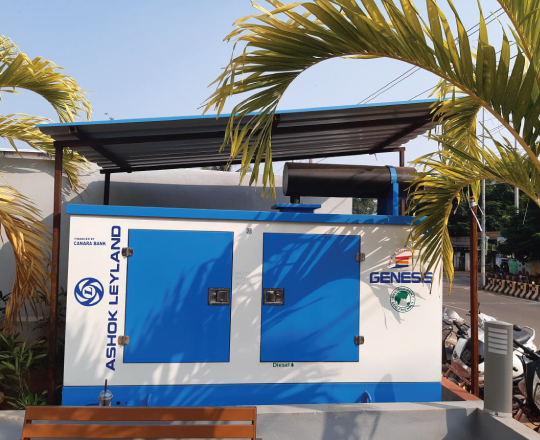
Below is a description of the significant components of a generator.
The engine supplies the generator's input mechanical energy, and the generator's maximum power output is directly related to the size of the machine. When evaluating the generator's engine, there are several things you should keep in mind. Usually, to obtain complete engine specifications and maintenance schedules, it is good to contact the manufacturer first.
(a) Fuel Type - Generator engines can run on various fuels, including gasoline, diesel, propane (in liquefied, gaseous, or liquid form), and natural gas. The smaller engines are usually powered by gasoline, while the larger engines can run on liquid propane, natural gas, diesel, and gas. Some engines can operate with a dual fuel feed of diesel and gasoline in a biofuel operation mode.
(b) Overhead Valve Engines (OHV) v/s. non-OHV Engines. OHV engines are different from other engines because the intake and exhaust valves are in the head of a cylinder rather than being mounted on an engine block. There are many advantages to OHV engines over other engines, such as:
- Compact design
- Simpler operation mechanism
- Durability
- Operation is user-friendly
- Low noise during operations
- Low emissions
- Battery Charger
However, OHV engines are more expensive than other engines
Cast Iron Sleeve (CIS), in Engine Cylinder – The CIS is a lining inside the cylinder of an engine, and it helps reduce wear and tear and increases engine durability. While most OHV-engines have CIS, it is essential to ensure that the generator's engine has this feature. Although it isn't expensive, the CIS plays an integral part in engine durability, especially if your generator is frequently used for extended periods.
Alternator
The generator's alternator is also known as the "gearhead," It produces the electrical output of the engine's mechanical input. It is composed of stationary and mobile parts enclosed in a housing, and they work together to create relative movement between the electric and magnetic fields. This, in turn, generates electricity.
(a) Stator- This is the stationary part, and it contains a collection of electric conductors wound in coils on top of an iron core.
(b) Rotor/Armature - This component is the moving part that creates a magnetic field by rotating in three ways.
(i) By Induction - These are also known as brushless alternators. They are often used in large generators.
(ii) Permanent magnets - This is a common feature in small alternator units.
(iii). Using an exciter is a minor source or direct current (DC) that energizes rotors through an assembly conductor slip rings and brushes.
The rotor creates a magnetic field that moves around the stator. This induces a voltage differential between the windings, and this establishes the generator's alternating current (AC).
These are the key factors to consider when evaluating the alternator for a generator.
(a) Metal or plastic housing - A all-metal design guarantees the alternator's durability. The moving parts of an alternator can be exposed if the plastic housing is damaged, and this can lead to increased wear and tear and is even more dangerous for the user.
(b) Ball Bearings or Needle Bearings? - Ball bearings last longer and are more preferred.
(c) Brushless Design: An alternator without brushes is easier to maintain and produces more power.
Fuel System
The fuel tank is usually sufficient to keep the generator running for 6 to 8 hours. The fuel tank can be attached to the generator's frame or, as a part, the generator's skid base. An external fuel tank may be required for commercial applications. All such installations require approval from the City Planning Division. For more information about fuel tanks to power generators, please click the following link.
The following are standard features of the fuel system:
(a) Pipe connection between the fuel tank and engine - The supply pipe directs fuel from a tank to the engine, while the return line directs fuel to the tank from the engine.
(b) Ventilation for fuel tank – The ventilation pipe in the fuel tank prevents the buildup of pressure and vacuum during filling and draining the tank. To avoid sparks, make sure the filler tube and fuel tank have metal-to-metal contact when refilling the tank.
(c) Overflow connection between the fuel tank and the drainpipe is necessary to ensure that liquid does not spill from the generator set if it overflows during tank refill.
(d) Fuel pump pumps fuel from the primary storage tanks to the day tank. The fuel pump operates electrically.
(e) Fuel water separator/fuel filter - This separates water from the liquid fuel in order to protect other generator components from corrosion and contamination.
(f) Fuel Injector: This injects fuel into the combustion chamber.
Voltage Regulation
This component controls the output voltage of the generator, as the name suggests. Below is a description of each component involved in the regulation of voltage.
(1) Voltage regulator: Conversion AC voltage to DC - A small amount of the generator's AC voltage is taken up by the voltage regulator and converted into DC current. This DC current is then fed to the voltage regulator by the stator's secondary windings, also known as exciter winds.
(2) Exciter Windings - Conversion of DC current to AC current - The exciter windings function similarly to the primary stator windings and produce a small AC current. The exciter winds are connected to units called rotating rectifiers.
(3) Rotating Rectifiers - Conversion of AC Current into DC Current – These convert the AC current from the exciter windings to DC current. This DC current is fed into the rotor/armature to create electromagnetic and rotating magnetic fields.
(4) Rotor/Armature: Conversion from DC Current to AC Voltage. The generator produces a higher output AC voltage when the rotor/armature induces a greater AC voltage across the windings.
This process continues until the generator produces an output voltage equal to its maximum operating capacity. The voltage regulator produces less DC current as the generator's output increases. The voltage regulator reaches equilibrium when the generator has reached its maximum operating capacity and produces enough DC current to keep its output at the whole operating level.
The output voltage drops a little when you add a load. The voltage regulator is activated, and the cycle above begins. This cycle continues until the generator output reaches its maximum operating capacity.
Cooling & Exhaust System
(a) Cooling System Usually, the generator's various parts heat up because of constant use, so it's crucial to have a cooling and ventilation system to remove heat from the generator.
Sometimes, raw/freshwater can be used as a generator coolant. However, this is usually limited to minimal generators in urban applications or large generators exceeding 2250 kW. Because hydrogen absorbs heat more efficiently than other coolants, it is often used as a coolant in large generator stator windings. Hydrogen heats the generator and transfers it through heat exchangers into secondary cooling circuits containing de-mineralized coolants. Large cooling towers are often located next to small generators or power plants. A standard fan and radiator are mounted on the generator to provide primary cooling for all other applications, residential or industrial.
The generator's coolant level should be checked on a daily basis. After 600 hours, the cooling system and the raw water pump should both be flushed, and the heat exchanger should also be flushed every 2,400 hours. It would be best to place the generator in an area with an adequate fresh air supply. To ensure that cooling air flows freely, the National Electric Code (NEC) requires that there be at least 3 feet between each side of the generator.
(b) Exhaust System The exhaust fumes from a generator emit the same toxic chemicals as any other engine. They must be managed properly. It is important to have an exhaust system that can properly dispose of exhaust gases. This is a critical point. Carbon monoxide poisoning continues to be one of the leading causes of death in areas affected by hurricanes. People tend not to think about it until it's too late.
Cast iron, wrought steel, and steel are the most common materials for exhaust pipes. These must be freestanding and not supported by the generator's engine. Flexible connectors are used to attach exhaust pipes to the engine to reduce vibrations and protect the generator's exhaust system. The exhaust pipe runs outside and is located away from windows, doors, and other openings in the building or house. It is important to ensure that your generator's exhaust system is not connected with any other equipment. To ensure that your generator operation is compliant with local laws and protect yourself from fines or other penalties, you should consult the city ordinances.
Lubricating System
Because the generator has moving parts, it needs lubrication in order to maintain durability and smooth operation for a long time. Oil stored in a pump lubricates the generator's engine. Every 8 hours, you should check the level and condition of the lubricating oil. Check for leakage of the lubricant, and change the oil every 500 hours.
Battery Charger
A generator's st and earth functions are battery-operated. By providing a precise "float" voltage, the battery charger charges the generator battery. The battery will not be charged if the float voltage drops to a low level. The battery's life will be cut if the float voltage exceeds a certain level. So to prevent corrosion, battery chargers are often made from stainless steel. They can be set up automatically and don't require any modifications or settings to be altered. The battery charger's DC output voltage is set to 2.33 Volts per cell, which is the exact float voltage for lead-acid batteries. The generator's normal operation is affected by the isolated DC voltage output of the battery charger.
Control panel
This is the generator's user interface and includes provisions for controls and outlets. There are many features that different manufacturers offer in their control panels. These features are listed below.
(a) Electric start/shut-down - The Auto Start Control Panels automatically start the generator in case of power loss, monitor it while it is running, and then shut down the unit when it is not needed.
(b) Engine gauges- Different gauges indicate important parameters like oil pressure, temperature, coolant, battery voltage, and engine rotation speed. These parameters are constantly monitored and measured, allowing for automatic shut-down of the generator if they exceed their thresholds.
(c) Generator gauges- The control panel has meters that measure the output current, voltage, and operating frequency.
(d) Other controls: Phase selector switch and frequency switch as well as engine control switch (manual, auto modes), among others.
Main Assembly/Frame
Generators of any type, whether stationary or portable, come with customized housings that provide support for the structural base. This frame allows the generator to be grounded for safety.


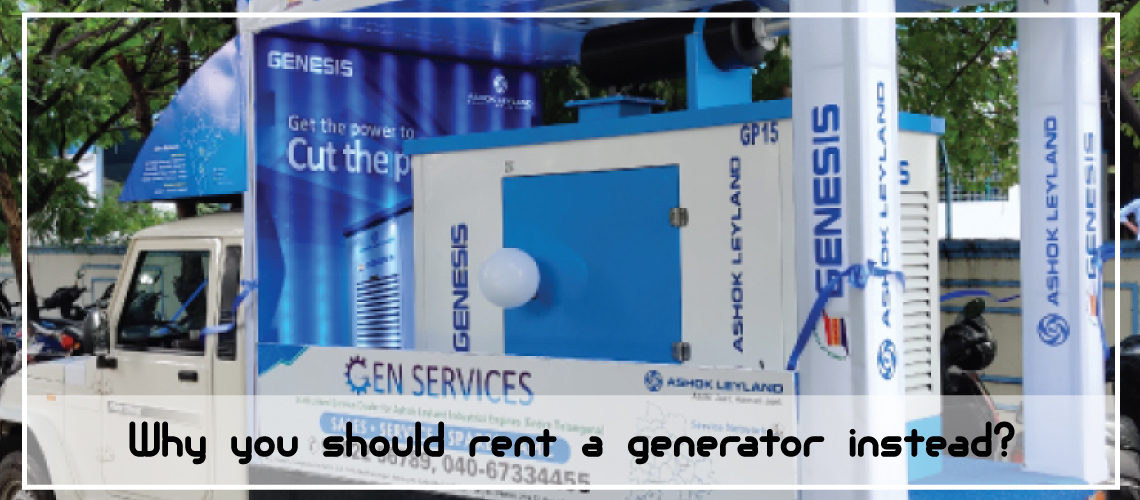

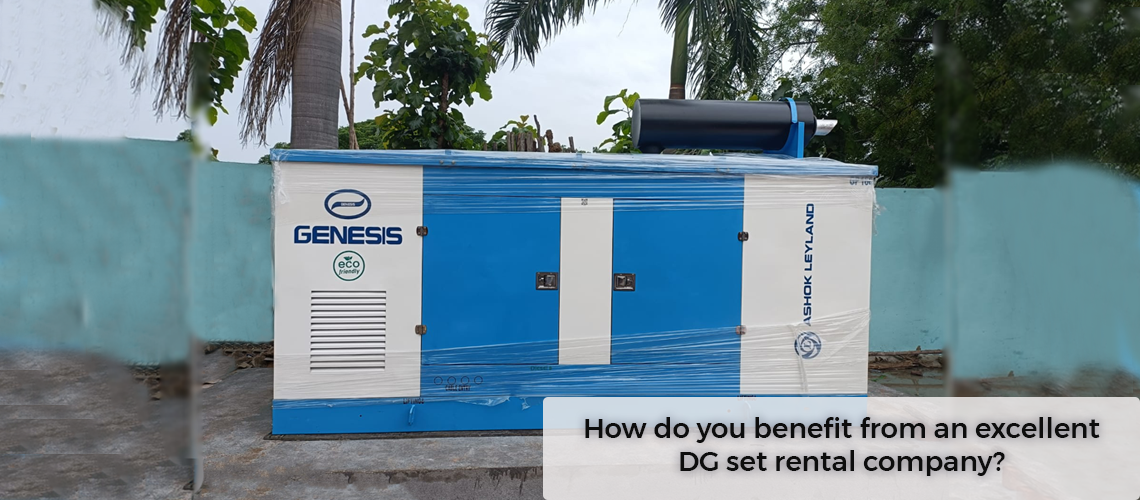

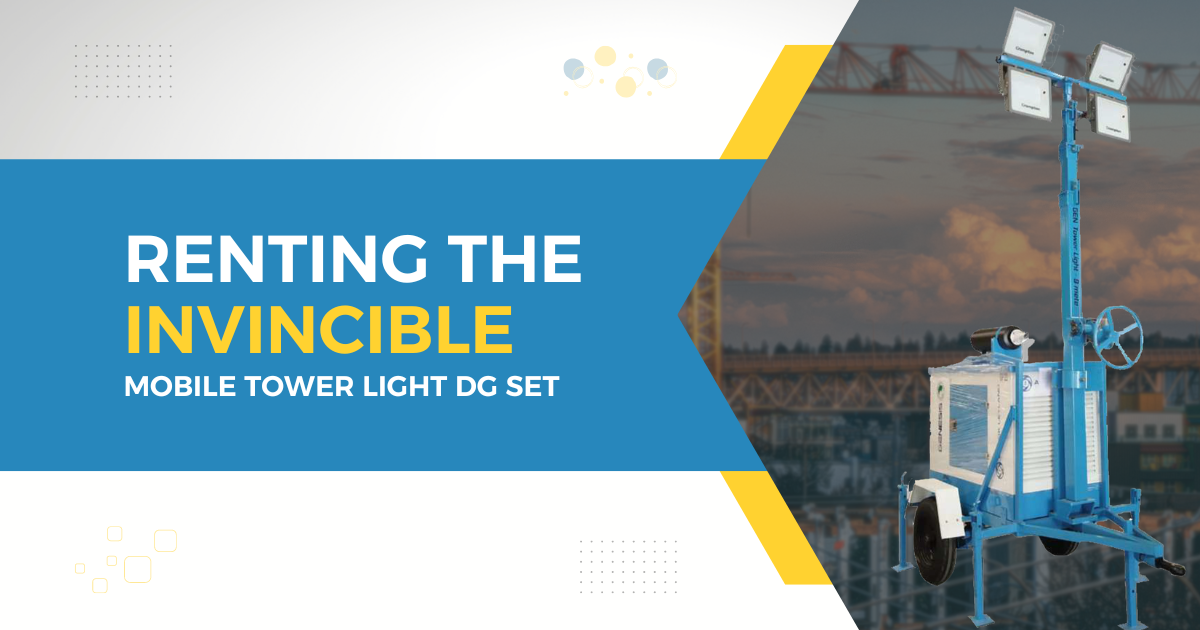
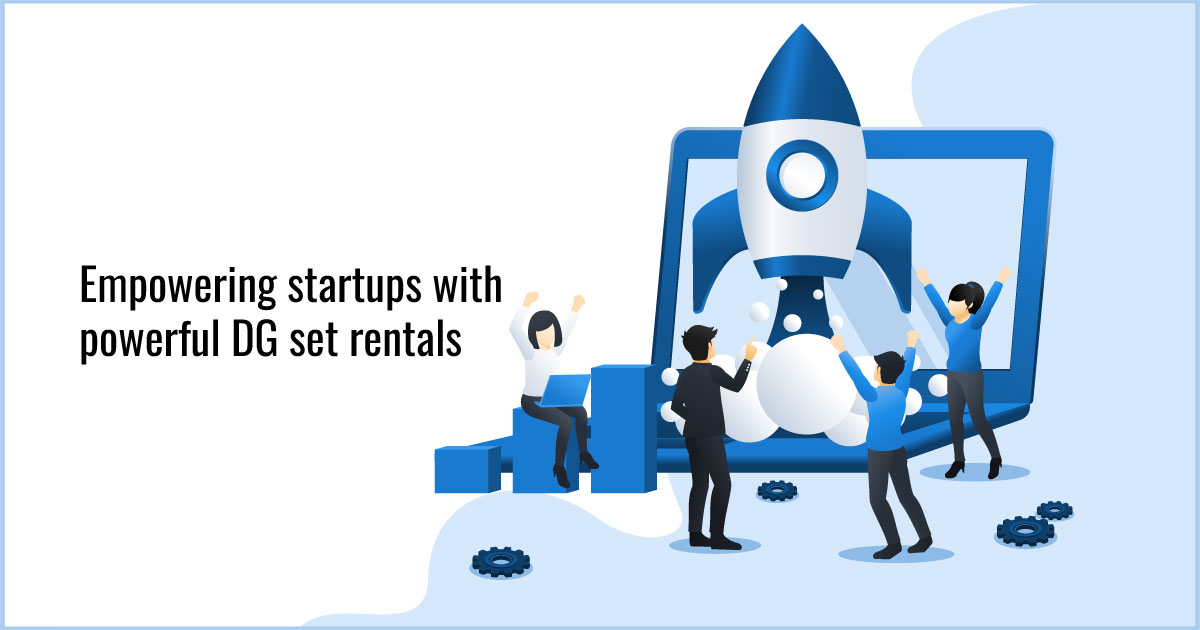

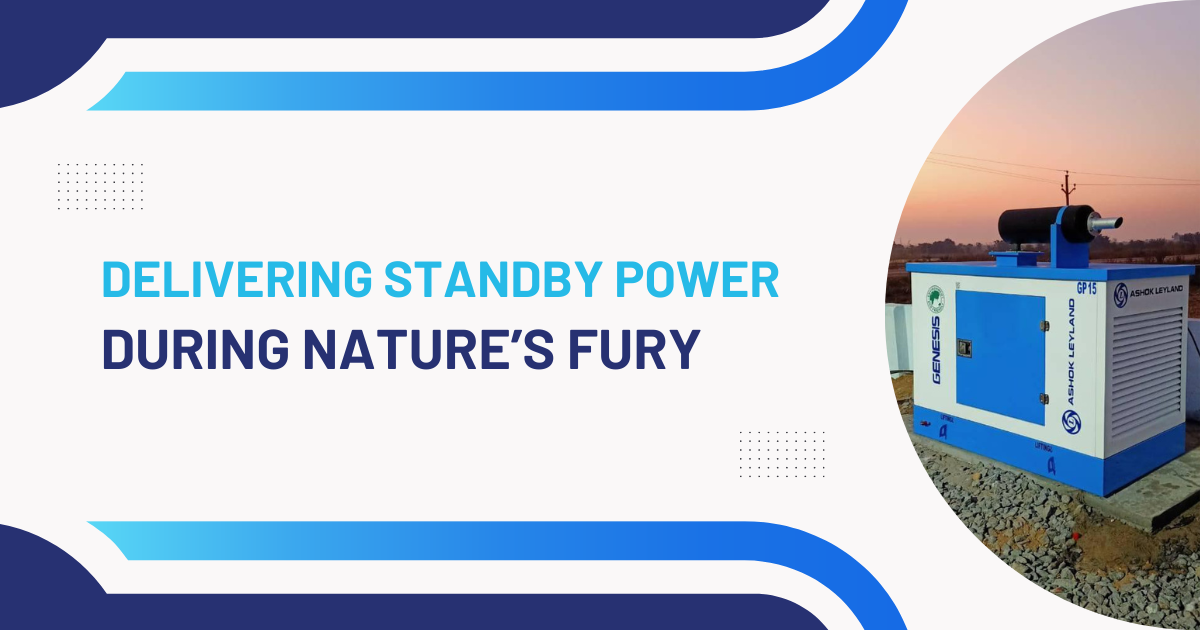
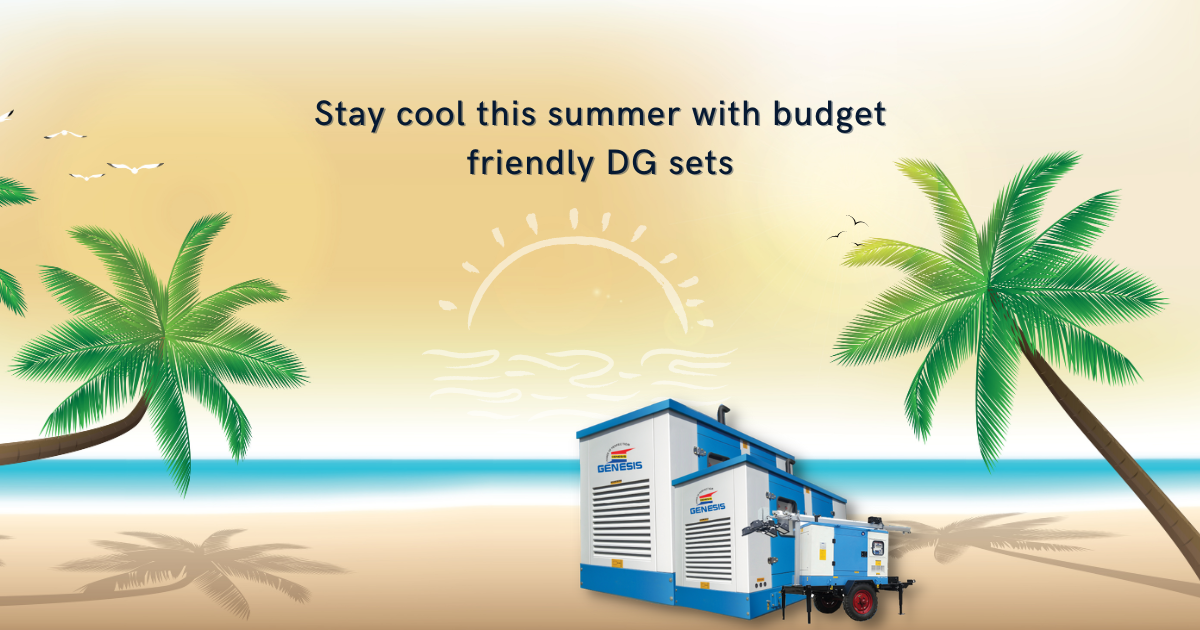
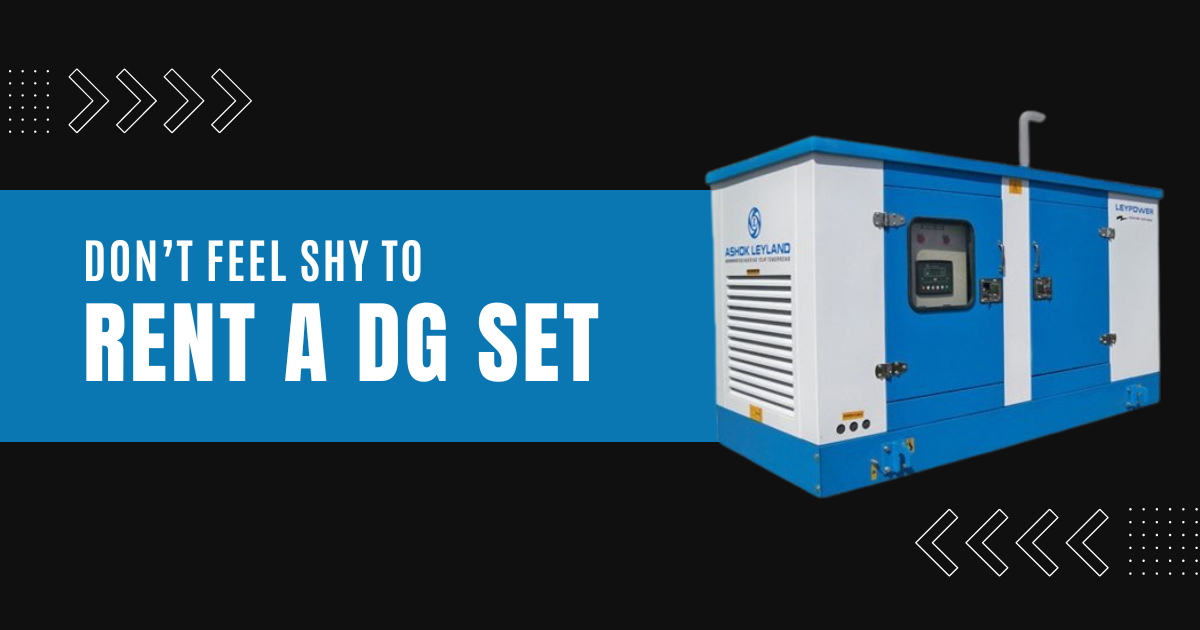
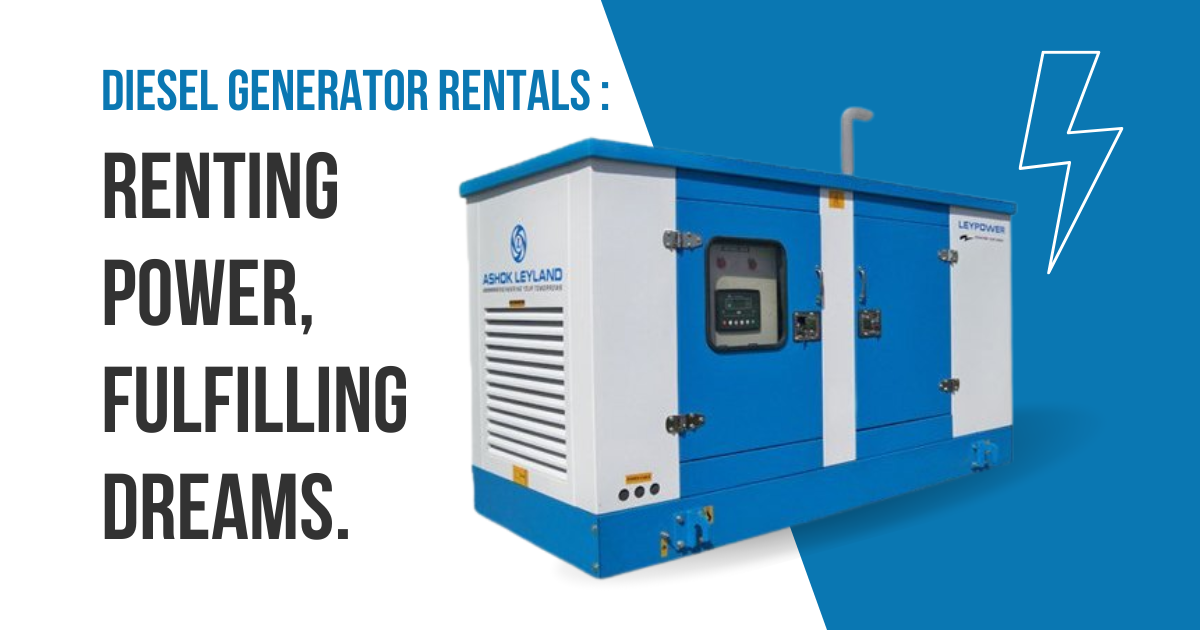

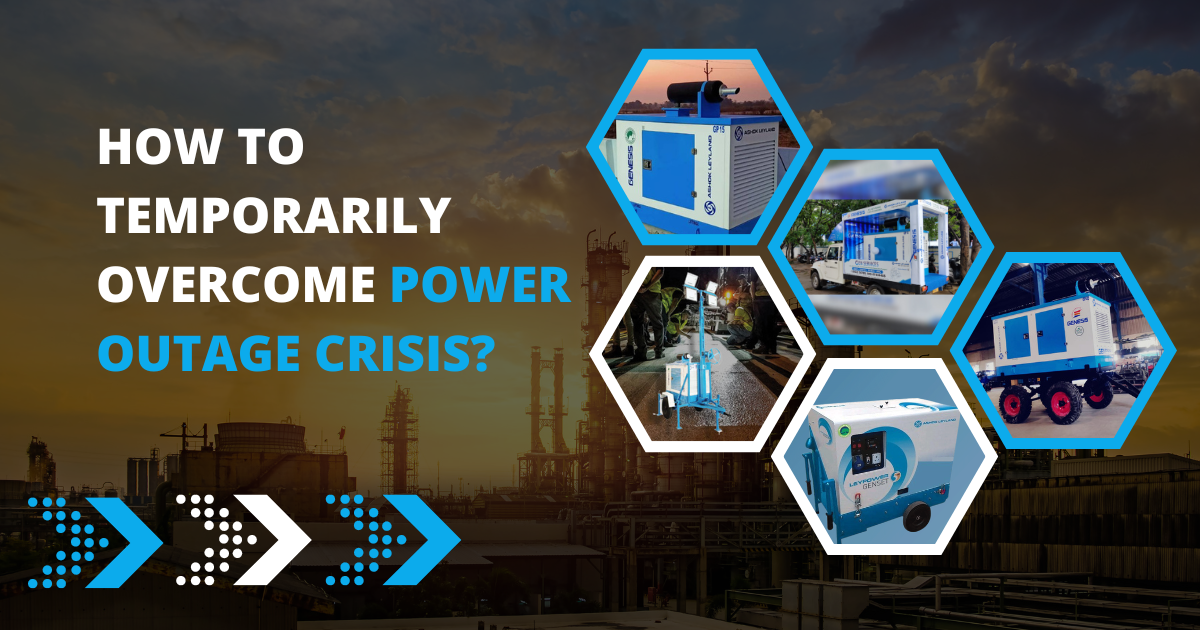


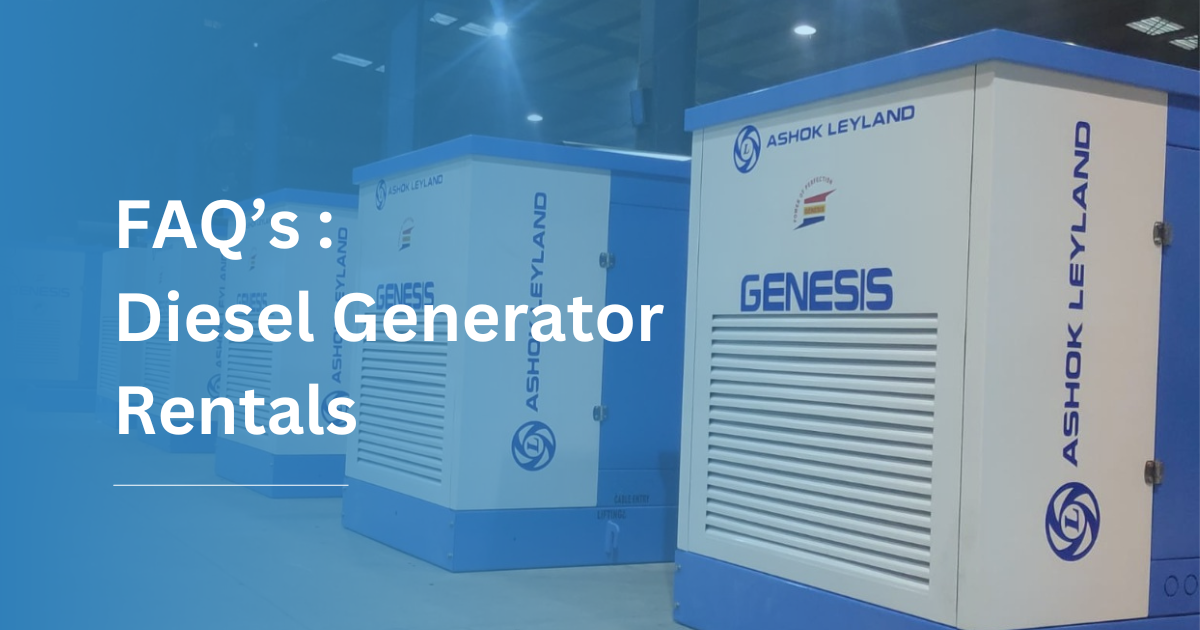
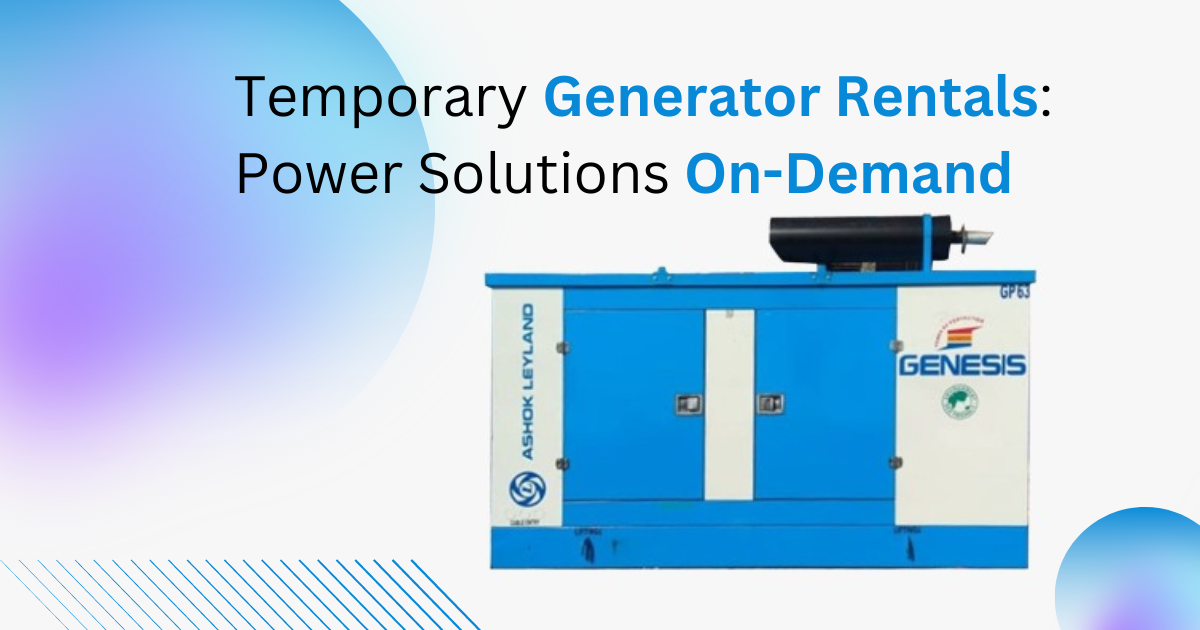
Comments (3)
Lelandden
March 2020
federal drug testing http://www.annakarinnyberg.se/cialis.html natural joint remedies
Sikahdar Raj
April 2020
testing
OrvilleZoows
April 2020
Le bon vieux temps des jeux vidéo est de retour, ça se passe sur Bi7g, ce site web est réputé être professionnelle dans le domaine des jeux vidéo rétrogaming. Retrouvez vos jeux vidéo favoris, tel que : Street fighter, metal slug, Cadillac dinosaure, the punisher, Space Harrier, Bubble Bobble, R-Type, Daytona USA, Toki, Fatal Fury Spécial, Samurai Shodown, Marvel vs. Capcom, puzzle Bobble, Mortal combat, Fifa et bien plus encore. Acheter des consoles de jeux et vendez vos consoles que vous n’utilisez plus. Bi7g vous permet de passer de bon moment en famille, amies en utilisant une machine à voyager dans le temps, l’avantage des console de jeux rétrogaming, c’est que vous pouvez ajouter vos jeux gratuitement., utiliser vos jeux sur des consoles portables, jouer à plusieurs, jusqu’a 4 joueurs sur certains jeux, des graphismes authentiques et bien plus encore. En résumé, Bi7g est la première plateforme rétrogaming de mise en relation qui permet au acheteur et vendeur de partager une passion commune des jeux vidéo rétrogaming (Hyperspin, retropie, recalbox, arcade). Venez-vous inscrire, c’est gratuit et partager notre article sur les médias et les réseaux sociaux, merci.